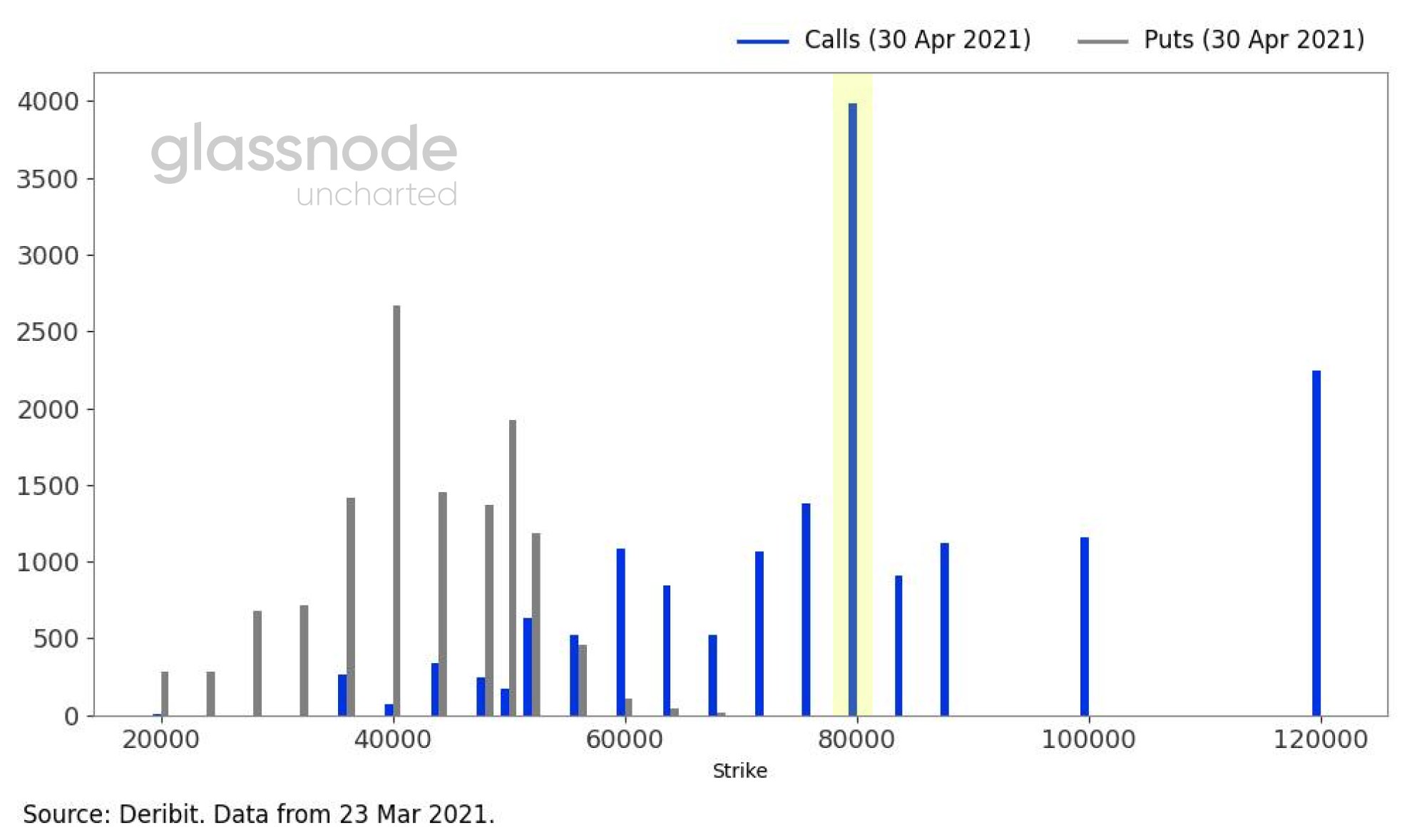
2021-3-31 16:22 |
As bitcoin becomes legitimized in the world of traditional finance, there are still some barriers keeping professional traders out.
Bitcoin and digital asset investing, HODLing and trading has reached a new, higher plateau of legitimacy. Recent announcements of large-block institutional investments, the Office of the Comptroller of the Currency (OCC)’s recent stablecoin announcement, and the ascent of CBDC projects globally, have made it clear that institutional adoption of digital currencies in some form is inevitable. Plus, the bitcoin and overall cryptocurrency trading market is flush with arbitrage opportunities for professionals. The trading market is ripe for more professional traders.
However, the vast majority of professional traders are still on the “Bitcoin and cryptocurrency sidelines,” trading in forex, stocks, bonds, commodities and other non-digital assets instead.
Why?
The available trading platforms (e.g., Binance, Bithumb, Coinbase Prime, Gemini, et. al.) don’t provide the global liquidity, global price discovery and global trading execution that institutional traders require. Instead, each platform trades in its own isolated market, severely limiting liquidity while causing high spreads, slippage and low fill rates.
I fully expect that when a global platform emerges with institutional strength, global liquidity, global price discovery and global execution capabilities, institutional and professional traders will leap into bitcoin trading, markedly increasing worldwide trading volume, thereby increasing liquidity and making institutional cryptocurrency trading even more attractive.
To understand platform requirements, we need to first understand the types of trading strategies that professionals pursue, and the implications for platform requirements.
Professional Traders Execute Sophisticated Global StrategiesProfessional traders need access to the full global market for both liquidity and price discovery. Imagine a world in which AAPL was traded on over 300 different, isolated exchanges — each with only one fiat-AAPL trading pair (e.g., USD-AAPL, EUR-AAPL, KRW-AAPL, etc.). That’s the global cryptocurrency trading world today.
Let’s explore some of the broad professional trading strategies and their execution requirements. Many institutional traders in traditional, highly-liquid capital markets regularly utilize one or more of the more of these strategies:
PairsMomentumMean ReversionLong/ShortSwing TradingSmart Routing Algo StrategiesScalpingEach, in one form or another, exploits market inefficiencies. And the bitcoin and broader cryptocurrency trading market is chock-full of inefficiencies. Why? Let’s look at a couple of strategies:
Algo strategies: In their most simple forms, traders simultaneously buy a cryptocurrency asset on one exchange and sell it on another. Below, we explain why such opportunities are plentiful in cryptocurrency.Long/short strategies: These involve buying undervalued assets long and selling overvalued assets short. E.g., buying undervalued BTC long on Coinbase and selling overvalued BTC short on Huobi.Unfortunately, the cryptocurrency trading market, while long on arbitrage opportunities, is short on the tools needed to execute them.
Bitcoin Trading Market Structure Is A Barrier To Global ExecutionThe cryptocurrency trading market is highly fragmented and its structure introduces ample trading opportunities on the one hand, yet also introduces giant hurdles blocking execution.
Three important factors define the cryptocurrency trading market:
Each cryptocurrency exchange is its own completely-segregated trading lake, closed off from the others. For example, traders on Gemini only trade with other Gemini traders, with Gemini’s supply, demand and pricing.Most exchanges trade only in their local fiat currency. For example, traders can on-ramp to Bithumb with KRW. No other fiat is accepted. Each exchange requires an onboarding process, requiring AML and KYC compliance.The critical implications are that: One, global trading execution requires multiple trading accounts; Two, pricing across trading markets can be wildly different — especially across regional markets; and three, reserve requirements are high, with reserves on multiple exchanges.
Pricing example: At the time of this writing, there was a 0.81 percent price gap between the lowest and highest BTC prices within the top-10 global exchanges — Upbit’s BTC/KRW pair was .81 percent higher than Coincheck’s BTC/JPY pair.
Accounts with multiple exchanges are required to execute trades; liquidity is walled off, separate and distinct for each exchange.
Holding Multiple Trading Accounts Is Expensive And UnwieldyHigh-volume institutional trading firms that execute global strategies have to overcome several administrative, technical and execution challenges.
Administratively: Each exchange comes with an onboarding process, KYC/AML compliance checks and more. More exchange accounts bring more legal and administrative burden.
Technically: Trading institutions have to manage APIs with each exchange directly. They must manage inevitable changes and upgrades, driving up tech expenses while adding little in differentiating value.
Also, the market data from the different exchanges must be normalized to make profitable trading decisions. Data normalization is no small feat and can be undone by any one exchange changing its data format.
From a global execution perspective: The challenges are immense. Trades requiring simultaneous execution on multiple platforms can be expensive because the capital requirements are so high.
As an example, let’s assume a trader has $1 million in capital. To buy BTC on one exchange at $52,000 and sell on another at $53,000, a trader has two choices:
First, the trader can buy on one exchange, transfer to another exchange and then sell. However, that process can take anywhere from 10 minutes to an hour. The trader executes with $1 million. However, the trading profits can easily disappear while awaiting the transfer.
Alternatively, the trader can maintain balances on multiple accounts. In this case, the trader would have needed $500,000 in USD on exchange one, and $500,000 in BTC on exchange two to execute the trade.
Same $1million in capital. Same trade. Half the trading profits.
None of these tasks are central to the core strengths of successful traders — trading strategy development and execution. And each is significant:
Onboarding chews up time as well as legal resources API management is cumbersome. No trader wants to worry about API management.Normalized pricing data is required and is expensive to manage in-houseThere Has To Be A Better WayIt doesn't take much of a mental leap to imagine a world in which institutional traders can not only gain the capabilities they need but also eliminate the operational and technical headaches currently keeping them on the sidelines. We’ve seen it over and over in ecommerce, and even in job-hunting websites — platforms that scour other sites for jobs and product prices, presenting one consolidated marketplace.
In the cryptocurrency trading world, it would mean bringing together a multitude of order books into one normalized data feed via one set of APIs, with trading via one interface or platform.
For example, below is an illustration showing how three actual order books would appear as one. See the below screenshots from Coinbase Pro, Kucoin, Huobi taken on March 9, 2021 at 11:35 a.m. EST. Notice the increase in liquidity and the decrease in spread. Spreads of $29.21, $25.73 and $6.72 separately, versus $0.01 together.
It looks easy, right?
However, no professional trading platforms exist that provide these critical capabilities.
No single platform:
Provides global price discovery and execution across countriesDelivers the best global price in one local currencyAggregates global liquidityEnables direct access to multiple exchanges globally Provides global trading via a single accountDelivers a single, normalized market data feedInstitutional trading growth, especially on a global scale, won’t begin in earnest until these important requirements are addressed. Then, professional bitcoin traders can finally move from the sidelines to a true, global trading field.
This is a guest post by Haohan Xu. Opinions expressed are entirely their own and do not necessarily reflect those of BTC Inc or Bitcoin Magazine.
origin »United Traders Token (UTT) на Currencies.ru
|
|























